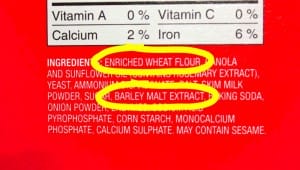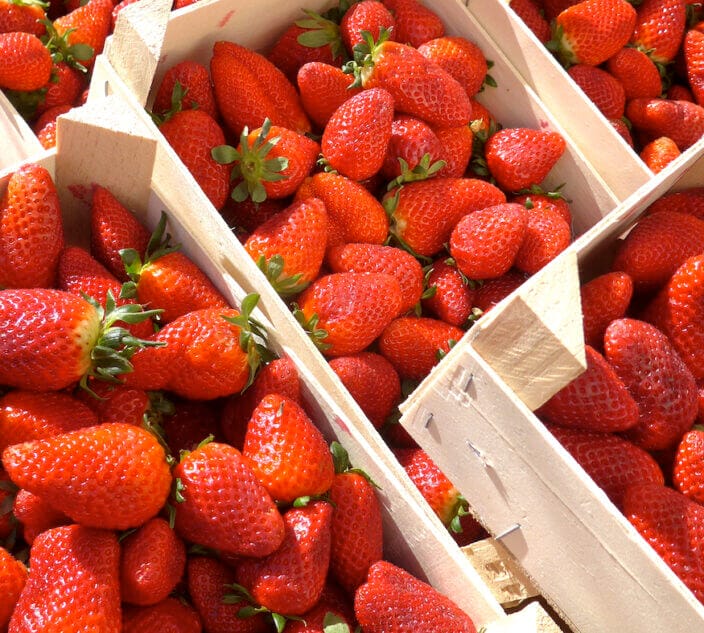 For the U.S. version of this article, click here.
For the U.S. version of this article, click here.
When you have celiac disease, you have to follow a gluten-free diet to stay healthy. But with gluten found in so many products on a store’s shelves, how do you know what is safe and what isn’t? The good news is, in Canada, there are regulations that require companies to declare gluten that is in a product.
Here is what you need to know:
– When a prepackaged food sold in Canada contains a gluten protein, modified gluten protein, or gluten protein fraction, the source of the gluten protein must be declared on the label.
– Watch for gluten sources either in the ingredient list or in a “Contains” statement after the ingredient list.
Gluten sources in Canada include:
-barley
-oats
-rye
-triticale
-wheat (including spelt, durum, kamut, etc.)
Or, a hybridized strain of any of these cereals.
– Gluten sources must be identified in plain language. Ie: “wheat” for flour.
– Gluten sources that are components of ingredients, such as “natural flavour” or “spice” must be declared.
– Any of the triticum species of wheat (i.e. wheat, spelt, durum, kamut, etc.), must be identified by the word “wheat”, i.e. kamut (wheat)
 Special Notes
Special Notes
– If a product contains a gluten source but does not contain the gluten protein, companies do not need to identify the source and can label the product “gluten-free.” (For example, pure maltodextrin derived from wheat.) These products are considered safe for people with celiac disease.
– The source of hydrolyzed plant proteins, starches, modified starches and lecithins must be identified by their common or usual name if they contain gluten. ie: hydrolyzed wheat protein.
Are Oats OK on the Gluten-Free Diet?
Which Products Fall Under These Rules?
– Canada’s gluten labelling regulations apply to prepackaged food sold in Canada.
– There are exceptions – they do not apply to some products prepared and packaged on a retail premises; for example, bulk items packaged in the store, or meat and poultry prepared and packaged in the store (ie: deli roast chicken).
– If fruits and vegetables have a protective edible coating or wax containing gluten, this must be declared ONLY if the fruit or vegetable has been packaged with a label.
– Most alcohol must abide by gluten labelling rules. Exceptions are wine with a vintage date of 2011 and earlier and “standardized” beer. Health Canada states: “Standardized beer is always made from barley and or wheat, and is therefore not suitable for individuals with celiac disease to consume.”
“Gluten-Free” Claims
– In Canada, a product can only be labelled “gluten-free” if it was specifically prepared, under good manufacturing practices, for the benefit of people who need to follow a gluten-free diet for their health.
– The product must also not contain gluten from cross-contamination at a level above 20 ppm.
– If a product intentionally contains gluten protein, even at a level lower than 20 ppm, it cannot be labelled “gluten-free”.
– Gluten-free certification programs provide assurance that a product is made with good gluten-free manufacturing practices, and contains less than 20 ppm of gluten. Examples include the Canadian Celiac Association’s Gluten-Free Certification Program.
– Note that precautionary statements, or “May contains” are NOT required, and are not governed by any regulations. They are helpful for identifying food that might be unsafe, but there are things to be aware of. See: “May Contains” on Canadian Food Labels for more information.
– If you believe a product contains gluten that is not declared on the label, you can contact the Canadian Food Inspection Agency.





